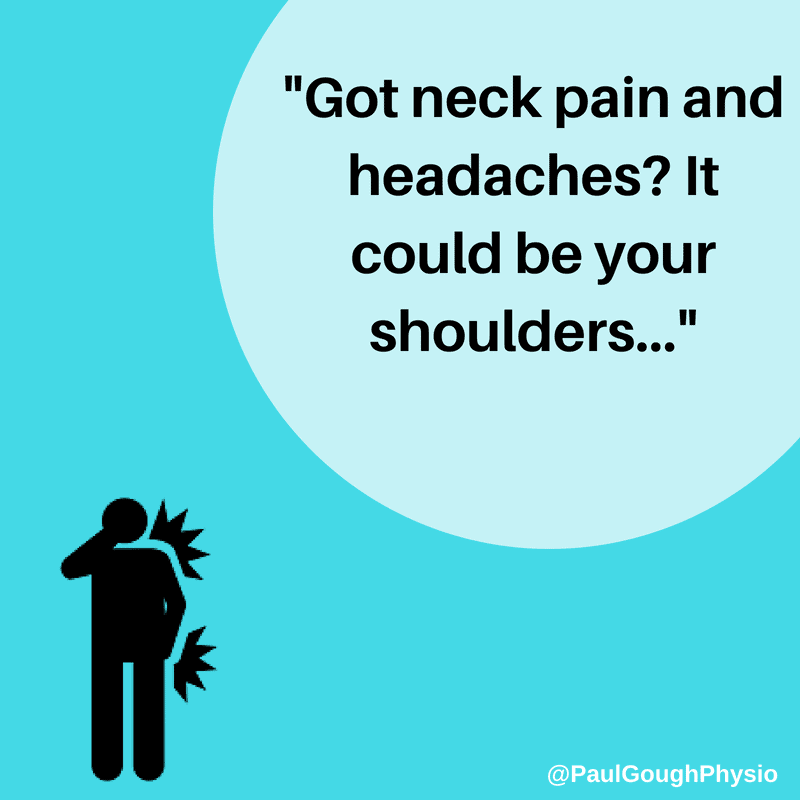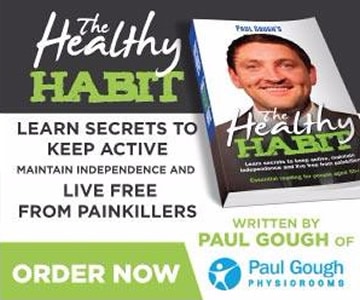
Feel pain when you walk, get out of bed, exercise and go about your day? Something could be out of balance (and it’s probably not what you think!)
Here at Paul Gough Physio Rooms we help people daily with lower back pain, neck pain, shoulder, and knee pain… and it’s safe to say that imbalances in the body are the number one root cause of pain.
Muscle imbalances are also a factor in most other pain conditions too.
Imbalances are often easy to spot because not many people understand WHAT they are and how to recognise them (including most doctors!)…
The most common advice you get for things like lower back, knee and neck pain not only fails to bring you the relief you’re after – but it can also make your pain WORSE.
For instance, you might have heard from several professionals, family members and friends that you need to “strengthen your back” to get rid of the pain…
While this may be true in some cases, if the muscle imbalances associated with your pain have been there for a while and have been tight for months (even years) then exercise will aggravate them even more!
So in today’s article, I want to help you understand how to recognise your own muscle imbalances, explain how they can cause pain in different parts of your body, and what you can do to ease the pain…
Got neck pain and headaches? It could be your shoulders…
An easy way to find out if there’s an imbalance in your shoulder is to stand in front of a mirror and see if one shoulder is higher than the other.
If one shoulder is higher – then there’s an imbalance, and it could mean there’s less room for your shoulder to move fully. When tension builds up in your shoulder muscles – the pain signal is sent to your neck.
To fix it, try this single arm doorway stretch – stand inside a door frame at home, and place your right/left forearm on the inside of the door. Rest your palm on the door frame at about shoulder height. When you’re in this position twist your chest slightly through the door to stretch your chest.
This stretch will open your chest muscles and create more room in your shoulder for movement.
If your shoulders are really tight, getting a regular physio massage can help release the tension and align them again – helping to instantly relieve your neck pain.
But what if your shoulders are even? Your headaches could be from a forward leaning head…
If when you look in the mirror you don’t see an imbalance in the height of your shoulders, turn to the side – if your head is leaning further forward than your shoulders, this could decrease the amount of blood flow to your head and neck, causing headaches.
Knee pain when you walk or run? It could be your hips…
The knee has two bad neighbours – the hip and the ankle, meaning the pain you feel in your knee could very well stem from tightness and immobility in those bad neighbours.
An easy way to find out if your hips have good mobility is to lay on your back in a doorway so that the middle of your kneecap is right on the threshold. Relax your arms at your sides with your palms up. Bring your feet together, toes pointed at the ceiling. Pull your toes towards your shins to create a 90-degree angle at the ankle. Keep one leg straight and still as you slowly raise the other leg until either your knee bends on your raising leg, or your bottom foot bends or turns outwards.
But what if your hips are moving ok? Check your ankles…
If your hips are mobile (and even if they’re not!) your ankles can also cause knee pain.
To see how mobile your ankles are (or aren’t), get into a one-knee position facing a wall. Your knees should both form 90-degree angles, and the toe of your planted foot should be about four inches from the wall. In this position try to glide your knee over the little toe to touch the wall without lifting your heel. If you can reach the wall, your ankle is gliding correctly. If your foot comes up before your knee touches the wall, your calves are “incredibly tight”, and they need loosening!
Got low-back pain? It might be your hips…
As with knee pain, back pain often isn’t a back problem at all. If one side of your pelvis is higher than the other, it can trigger back pain, hip pain, groin pain, or even knee pain.
Unevenness in your hips can pull on your lower back, causing tightness while sitting all day.
So the next question is – what can you do to fix these imbalances and finally live with less pain?
First off, you need to make a decision about getting help. So many people procrastinate for so long, thinking that the pain will ‘just go away with time’, but then 6 months down the line they’re still putting up with it, and nothing’s changed… Or it gets worse
Next, do the RIGHT exercises – one of the best things to help you ease your neck, shoulder, knee or back pain is to do the right series of progressed exercises – the right exercises given to you by a Physiotherapist will help reduce pain, and allow you to move freely again quick – and make sure that the problems don’t come back any time soon.
P.S. If you would like more tips on how to ease back pain, you can download my free report that shows you ways to ease back pain naturally. Go here to get your copy and take it with you: www.paulgoughphysio.com/back-pain

